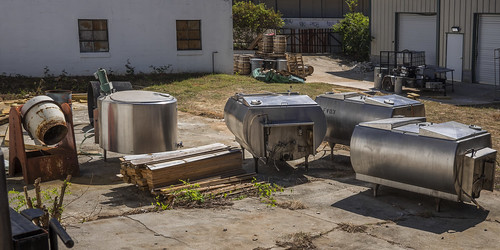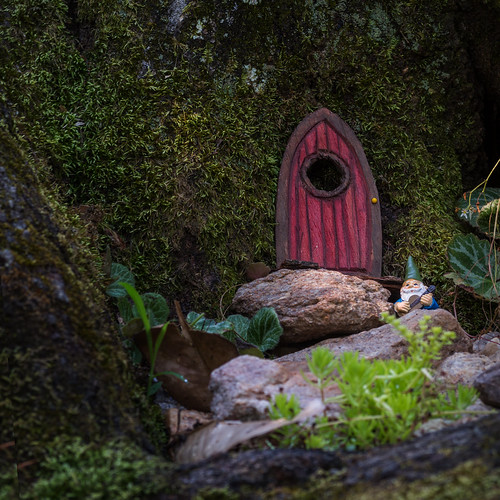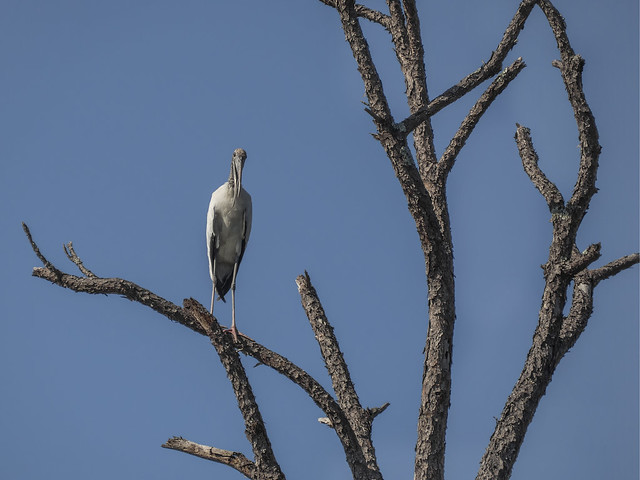Saturday, October 29, 2022
Pic(k) of the Week: Evanescence
White asters, back-lit at sunset. Evanescence.
Legacy Park: Decatur, Georgia, USA. 14 October 2022.
-----more-----
Labels: autumn, flower, Georgia, Pic(k) of the Week, southeastern US, wildflower
Saturday, October 22, 2022
Pic(k) of the Week: Moving Day
"Southern. Soulful. Spirits."
It was moving day for washbacks and tuns, in Decatur, Georgia, USA, on 1 October 2022.
Independent Distilling Company —an eight-year-old artisinal distiller of bourbon, rum, and corn whiskey— was moving into its new digs, a former car repair shop, located a couple of city-blocks west of the distillery's original small warehouse site.
The burnished copper pot still would soon join them.
-----more-----
Labels: Decatur, distillery, Georgia, Pic(k) of the Week, southeastern US, zymurgy
Saturday, October 15, 2022
Pic(k) of the Week: ¡Cuidado!
I thought I'd sneak in a beach photo before the weather turns too cold. Here: a father and children at St. Augustine Beach, Florida, USA, on 7 September 2022.
Patience and chance choreographed this image. I noticed a man carefully introducing his newborn to the ocean. As I began snapping photos, his older son blithely ran by. It was a "decisive moment," as the French humanist photographer Henri Cartier-Bresson might have labelled it.
Of course, to paraphrase U.S. Senator Lloyd Bentsen, I am no Monsieur Cartier-Bresson.
-----more-----
Labels: atlantic ocean, beach, candid, decisive moment, Florida, ocean, people, photography, Pic(k) of the Week, southeastern US, summer
Saturday, October 08, 2022
Pic(k) of the Week: Tiny-gnomial
Sitting by a red door,
Nestled in the crook of a fallen tree,
He serenades passersby,
From his tiny-gnomial garden.
Into each life, some whimsy should fall. Forgive me, if you will, the doggerel and pun.
Seen (heard?) in Decatur, Georgia, USA, on 24 April 2022.
-----more-----
Saturday, October 01, 2022
Pic(k) of the Week: Wood stork, perched
In Fort Mosé Historic State Park, in St. Augustine, Florida, USA, a wood stork (Mycteria americana) perches in a tree on a brackish marshland hammock. 5 September 2022.
To the north [of Fort Mosé], there is a rookery, a nesting colony of gregarious birds, such as wood storks, egrets, and herons. These birds showcase their breeding plumage from mid-March through July. One of the largest birds to nest in this area is the wood stork [a large American wading bird]. This area is ideal for nesting because the changing water level reveals higher concentrations of fish during lower tides. Females lay two to five eggs, which both parents incubate for about one month. A pair of nesting wood storks and their young need approximately 443 pounds of fish during the breeding season to survive.— Fort Mosé placard
In the 1930s, there were an estimated 20,000 breeding pairs of wood storks [in Florida]; today, the population is approximately 8,000. The numbers have declined drastically, mainly from loss of feeding grounds due to land development, logging, and draining.
***************
Fort Mose
Fort Mose Historic State Park is a former Spanish fort in St. Augustine, Florida. In 1738, the governor of Spanish Florida, Manuel de Montiano, had the fort established as a free black settlement, the first to be legally sanctioned in what would become the territory of the United States.— Wikipedia.
The park is located on the edge of a salt marsh on the western side of the waterway separating the mainland from the coastal barrier islands. The original site of the 18th-century fort was uncovered in a 1986 archeological dig. The 24-acre (9.7 ha) site is now protected as a Florida State Park.It was designated a US National Historic Landmark on October 12, 1994.
-----more-----
Labels: bird, Florida, nature, park, Pic(k) of the Week, southeastern US, state park, tree
Subscribe to:
Posts (Atom)














